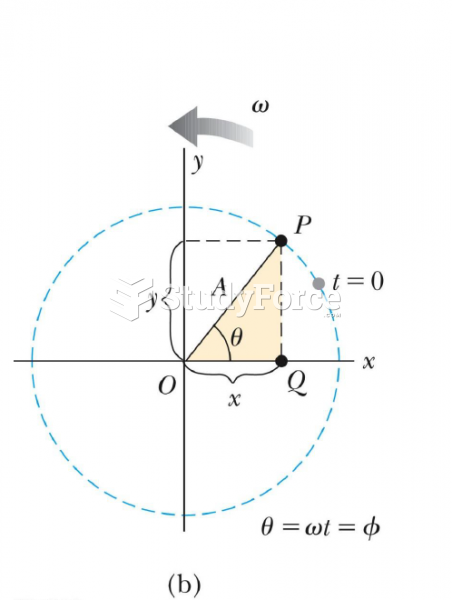|
|
|
Did you know?
Illicit drug use costs the United States approximately $181 billion every year.
Did you know?
The effects of organophosphate poisoning are referred to by using the abbreviations “SLUD” or “SLUDGE,” It stands for: salivation, lacrimation, urination, defecation, GI upset, and emesis.
Did you know?
There are 60,000 miles of blood vessels in every adult human.
Did you know?
Aspirin may benefit 11 different cancers, including those of the colon, pancreas, lungs, prostate, breasts, and leukemia.
Did you know?
The Romans did not use numerals to indicate fractions but instead used words to indicate parts of a whole.







